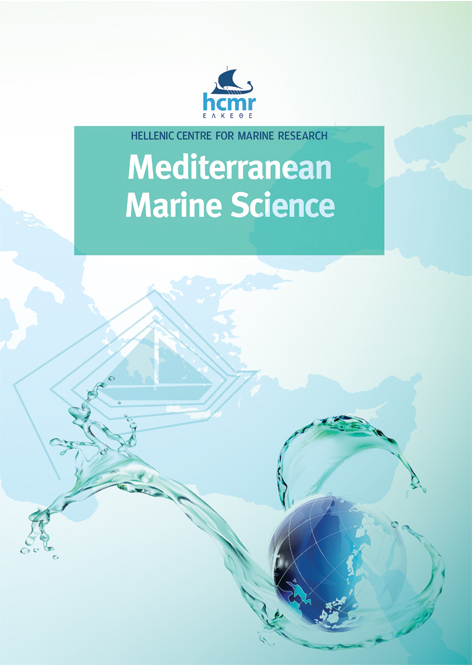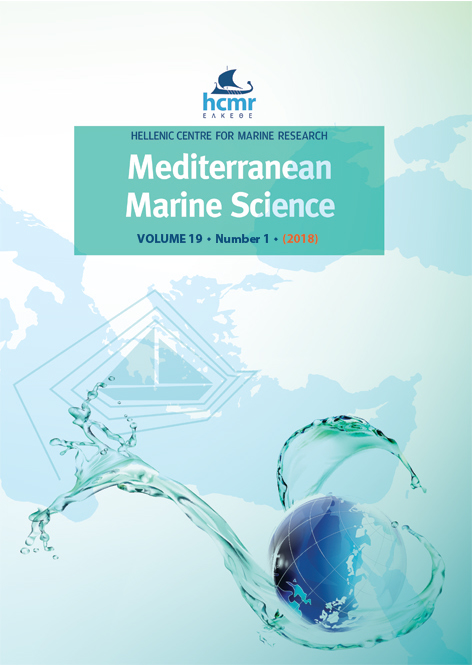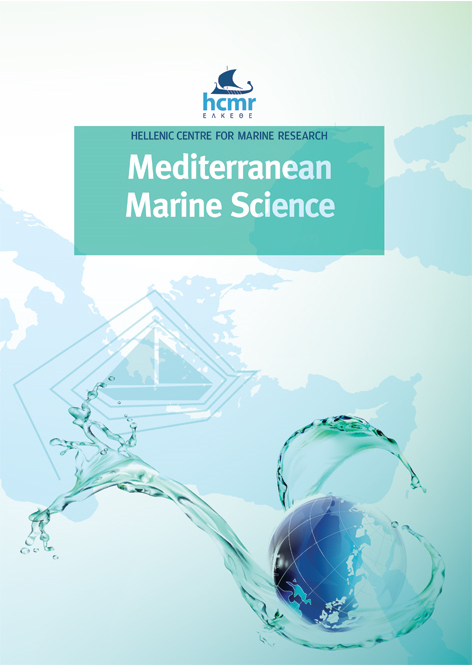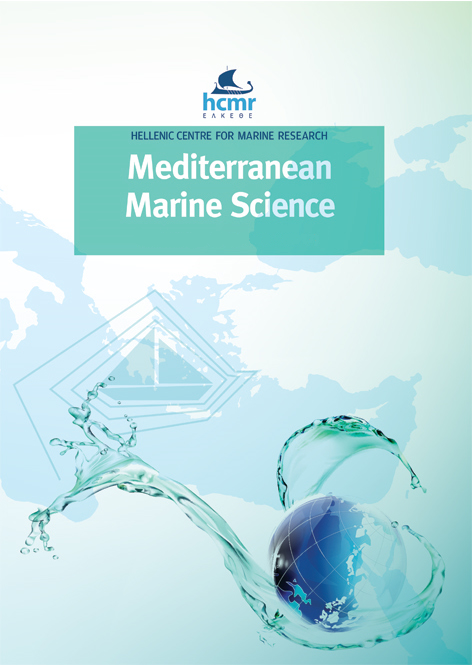Acoustic correction factor estimate for compensating vertical diel migration of small pelagics
Abstract
Differences in acoustic estimates of small pelagic fish biomass, due to data acquisition during daytime and nighttime surveys, have been recognized for many years as a problem in acoustic surveys. In the absence of a single rule for all species and for all locations, some expert groups identified specific time intervals for acoustic data acquisition in relation to the schooling behavior of the target species. In the Mediterranean Sea, the research groups working in the MEDIAS (Mediterranean International Acoustic Survey) agreed on the importance that acoustic sampling are conducted only during day-time. Only when available time does not permit to complete the survey during daytime, data collection might be extended. In this case, working on data collected during both daytime and nighttime, a bias may occur in the biomass estimates. In order to evaluate and correct such bias, specific experiments were performed in some geographical sub-areas of the Mediterranean Sea. The data analysis allowed the estimation of a mean correction factor for the Strait of Sicily, where five surveys were carried out in different years. The correction factor was estimated also for the Adriatic Sea, Tyrrhenian Sea and Northern Spain; the observed variability among areas highlighted the importance of the spatial and temporal coverage of the survey area in order to obtain reliable estimates of the correction factor. Further studies are necessary to improve the interpretation of the obtained estimates in relation to area-related peculiarities such as zooplankton composition and abundance along with small pelagic fish community structure.
Article Details
- Come citare
-
BONANNO, A., BARRA, M., DE FELICE, A., GIANNOULAKI, M., IGLESIAS, M., LEONORI, I., VENTERO, A., ARONICA, S., BIAGIOTTI, I., TIČINA, V., CANDUCI, G., & GENOVESE, S. (2021). Acoustic correction factor estimate for compensating vertical diel migration of small pelagics. Mediterranean Marine Science, 22(4), 784–799. https://doi.org/10.12681/mms.25120
- Fascicolo
- V. 22 N. 4 (2021): Special Issue
- Sezione
- Special Issue MEDIAS
Authors who publish with this journal agree to the following terms:
- Authors retain copyright and grant the journal right of first publication with the work simultaneously licensed under a Creative Commons Attribution Non-Commercial License that allows others to share the work with an acknowledgement of the work's authorship and initial publication in this journal.
- Authors are able to enter into separate, additional contractual arrangements for the non-exclusive distribution of the journal's published version of the work (e.g. post it to an institutional repository or publish it in a book), with an acknowledgement of its initial publication in this journal.
- Authors are permitted and encouraged to post their work online (preferably in institutional repositories or on their website) prior to and during the submission process, as it can lead to productive exchanges, as well as earlier and greater citation of published work (See The Effect of Open Access).









